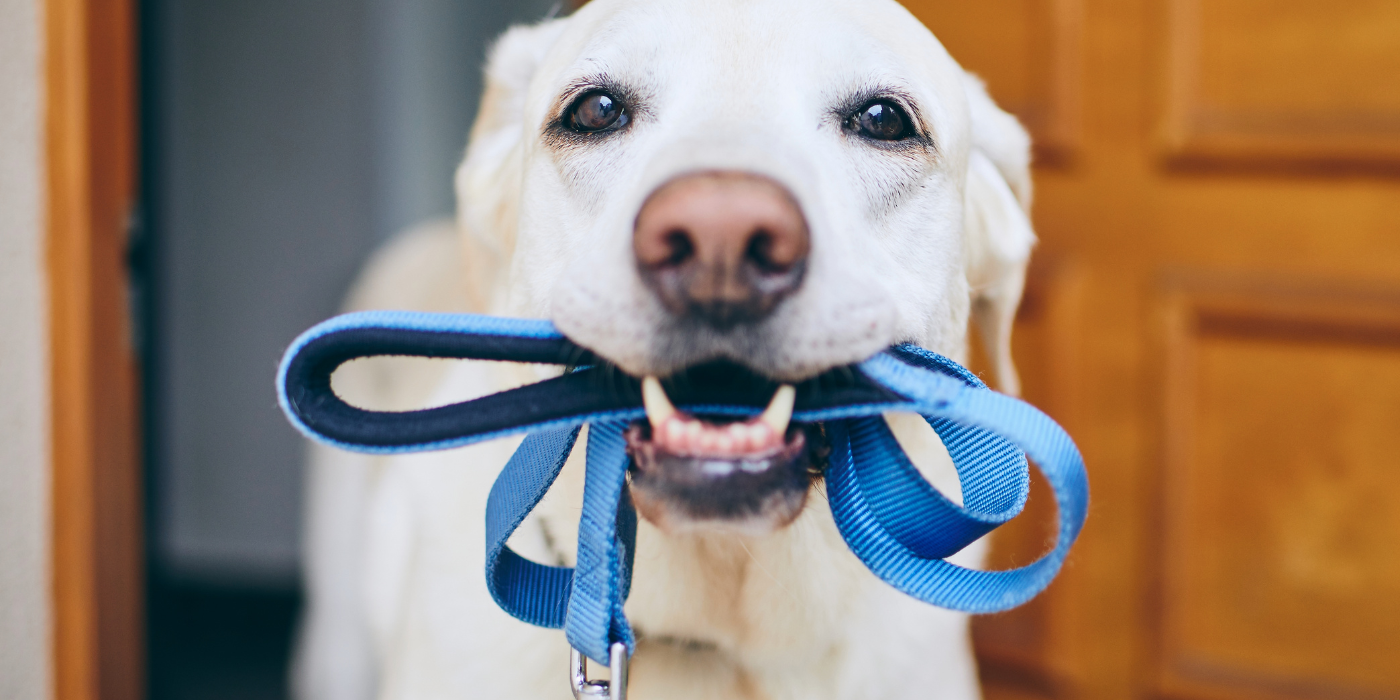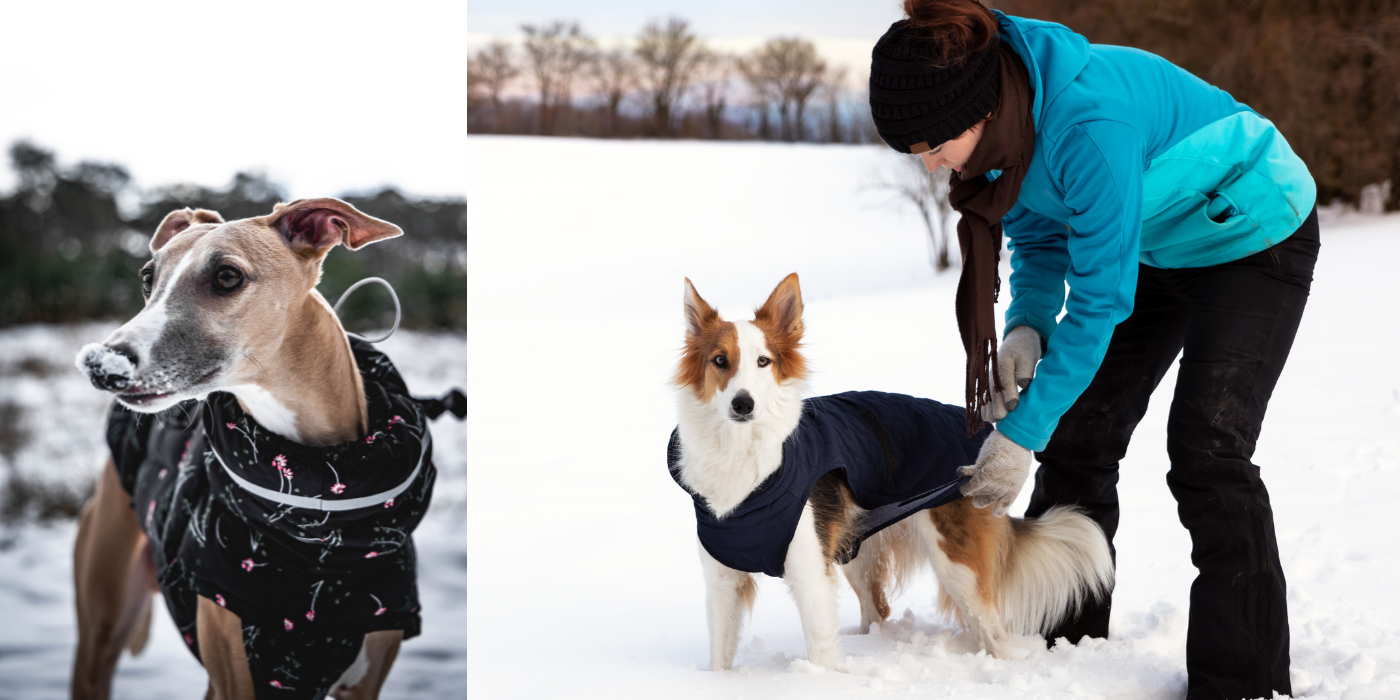Sorry about that! It looks like we’ve run out of stock for that product. Sign in below and we’ll send you an update when it’s back in stock.
20% DISCOUNT on your first order! Use the discount code "IMNEW20" at checkout!
Winter has arrived and the colder weather has well and truly landed. So in this piece we are taking a look at ways to prevent common issues and problems brought on by the inclement conditions.
We start with a basic but often overlooked post walk activity, and that’s checking for debris or even minor injuries, especially in and around the ears and paws areas. Our energy filled pups can, even in rubbish weather, go a bit nuts whilst running about with their buddies. They can run through piles of leaves and sticks and come away having picked up a splinter, or a minor tear to the skin. It doesn’t take much for a small scratch or tear to turn into an infected area which can then lead onto more serious conditions.
Remember that if you have been walking on gritted pathways to ensure you reemove any salt or grit which can sometimes be highly toxic to dogs and cats.
An obvious suggestion when the evenings have drawn in is to get a night light collar or tag to ensure you can keep an eye on where your dog is whilst out and about. It also helps other see your pet should they accidentally end up running in to the road. Ideally the owners should be wearing clothing that helps others to see you as well. In other words, see and be seen.

Short coated breeds and hairless breeds may need a warm, waterproof coat as the temperature drops. Dogs walked in wet weather would benefit from a waterproof coat especially the very young and the more elderly dogs.
A good fitting coat is important, one that doesn’t rub the ears or base of tail and fits well around the tummy without chafing.
During cold weather it’s important that if your dog gets wet, either by swimming in the sea, streams or rain, to dry them off as soon as possible to prevent chilling.
Feet need checking after walking on gritty and salty surfaces, as in summer it’s always a good idea after a walk to check your dog over to remove any unwanted debris.
Grooming during winter is important to keep nails trimmed and prevent long haired breeds from matting. This will make sure that the coat does its job to keep them warm.
If exercise is limited due to inclement weather, fewer calories will be used, so attention to daily food amounts is important to help prevent weight increase, regardless of whether it’s raw dog food or kibble based food stuffs. Fewer natural dog treats are the first thing to consider.
Keeping an eye on your dog whilst out and about will give you an indication if all is not well. Constant shivering and shaking, lifting of feet or generally trying to return to the car or home will give you a big clue to the fact that they are not happy. If weather is too bad for us, it’s too bad for them!

During very windy weather, a walk along the beach or promenade with sand blowing, particularly for dogs with short legs, can be very uncomfortable and indeed hazardous with sand blowing in their face and eyes. It’s always a good idea to check them over afterwards and carefully remove any sand. Ulcers can easily form by scratching and debris in eyes.
Puppies and younger dogs with lots of energy may have to have a different type of exercise if bad weather persists. Mental agility, by way of an indoor training session or perhaps a good marrow bone work out, will help when the weather gets too hazardous!!
During the warmer hot weather seasons a quick hose down outside might be the way to go after a walk. However, as the temperature falls and chilly winds prevail it’s obviously not a good idea. A warmer shower is more comfortable and perhaps more readily accepted.
The bottom line here is common sense. Sometimes no walk is better than a freezing walk for some dogs.